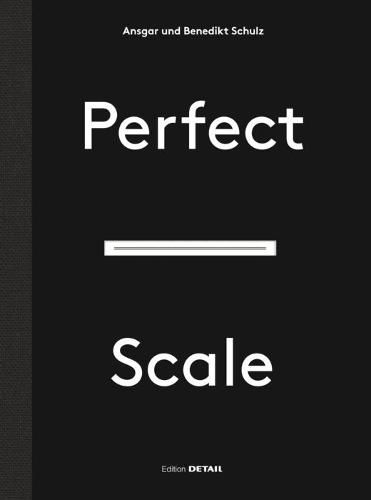Readings Newsletter
Become a Readings Member to make your shopping experience even easier.
Sign in or sign up for free!
You’re not far away from qualifying for FREE standard shipping within Australia
You’ve qualified for FREE standard shipping within Australia
The cart is loading…






Architectural Design and Construction Perfect scales for architectural design and construction
Thinking and working in a variety of scales lies at the heart of architecture. What scale should be selected for which design decision? At what point is it sensible to change the scale? What can and ought to be depicted in a true-to-scale architectural drawing? And how can such a drawing remain clear and thus appealing? An architectural drawing is not least a means of communication. It contains pieces of information which are relevant for various recipients. The choice of the appropriate scale determines whether the client or the construction worker understand what is being conveyed. In view of the countless possibilities offered by CAD, the objective of clearly and unambiguously conveying one’s own ideas is occasionally lost sight of. The authors, Ansgar Schulz and Benedikt Schulz, provide orientation with their book, exemplarily guiding the architectural drawing back to its original purpose: the creation of exceptional structures.
$9.00 standard shipping within Australia
FREE standard shipping within Australia for orders over $100.00
Express & International shipping calculated at checkout
Architectural Design and Construction Perfect scales for architectural design and construction
Thinking and working in a variety of scales lies at the heart of architecture. What scale should be selected for which design decision? At what point is it sensible to change the scale? What can and ought to be depicted in a true-to-scale architectural drawing? And how can such a drawing remain clear and thus appealing? An architectural drawing is not least a means of communication. It contains pieces of information which are relevant for various recipients. The choice of the appropriate scale determines whether the client or the construction worker understand what is being conveyed. In view of the countless possibilities offered by CAD, the objective of clearly and unambiguously conveying one’s own ideas is occasionally lost sight of. The authors, Ansgar Schulz and Benedikt Schulz, provide orientation with their book, exemplarily guiding the architectural drawing back to its original purpose: the creation of exceptional structures.